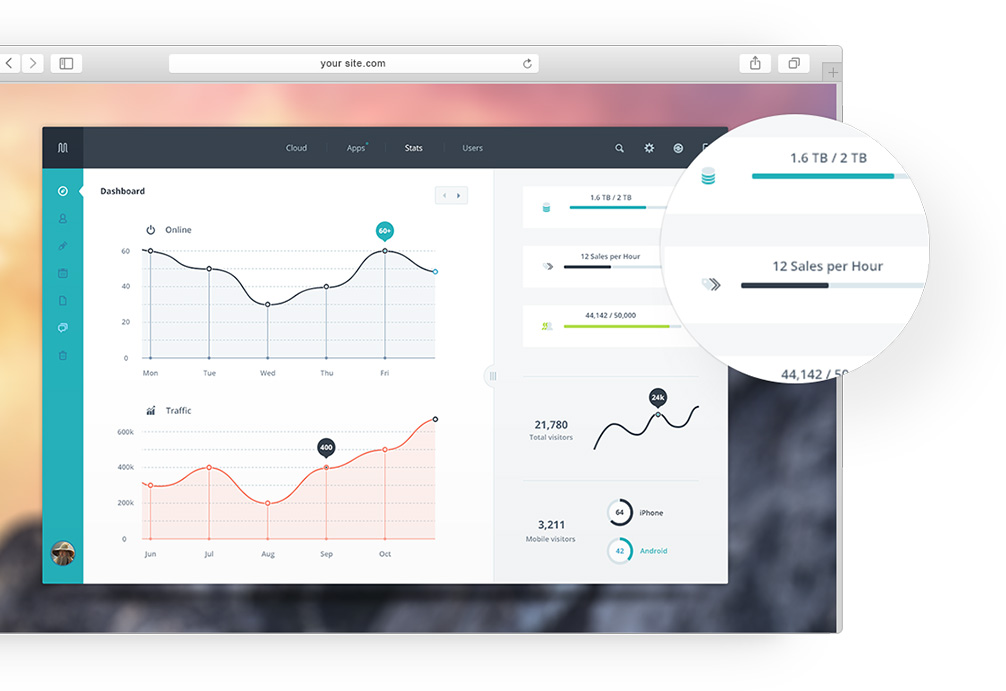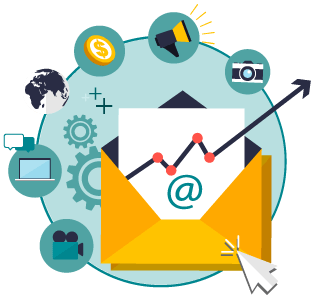Whether it’s your colors, your layouts, or style guidelines, keep consistent branding across your website so as to avoid confusing your visitors about who you are as a brand. For example, if you have a variety of different colors used for the same call-to-action button, it may cause a drop-off in sales simply due to the uncertainty that customers experience with the inconsistency of your design.
If you’re not sure where to start, looking at major ecommerce websites and borrowing techniques that seems consistent across many of them is a safe place to start. This is because major websites test their designs over and over again to find out what generates the best results. Some of their techniques can be borrowed for your website, but obviously should be paired with unique design elements like the iconography and imagery standards of your business.







